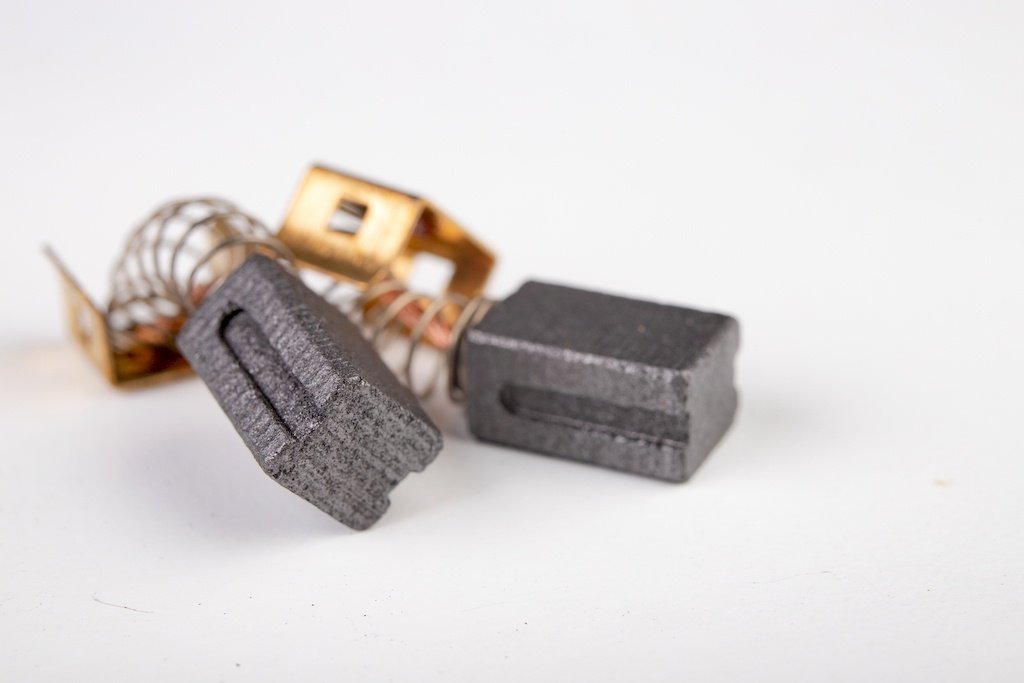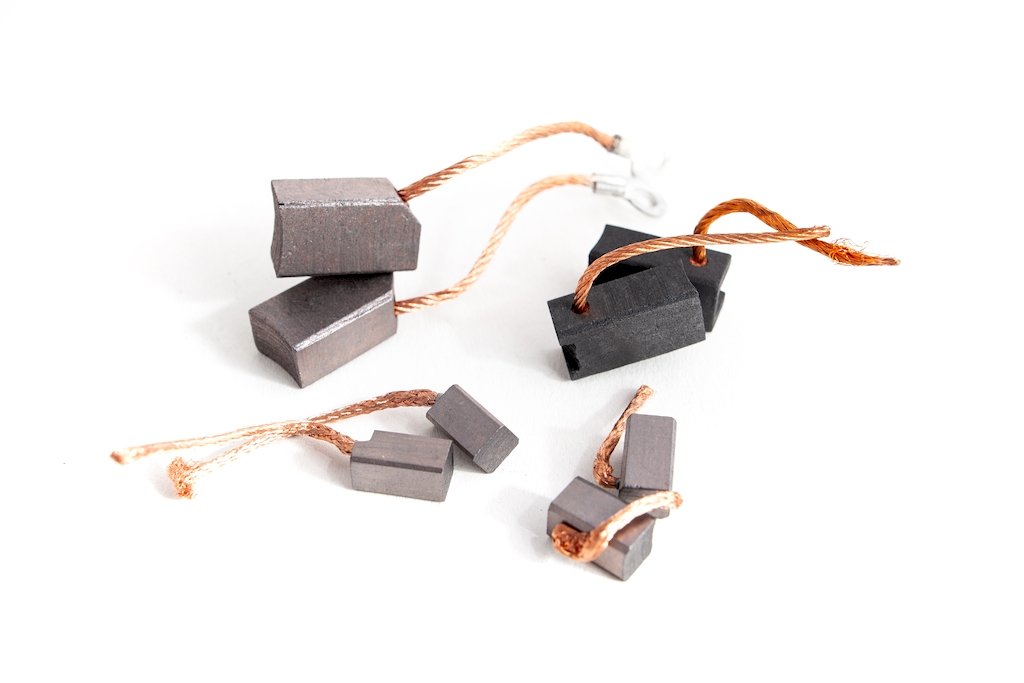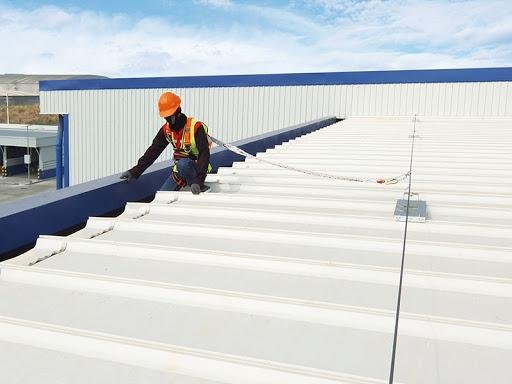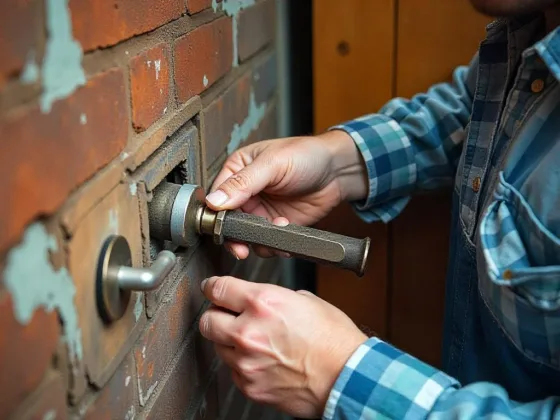Table of Contents Show
If you are familiar with electric motors, you have probably heard about carbon brushes. The question is what are carbon brushes, and what are their uses?
Carbon brushes are just a square of carbon used for carrying current through your electric motors. Without carbon brushes, the electric motors will not work.
Originally, they were made of wire and looked like the standard wire brushes. But, the wire brushes tend to wear away the commutator and suffer some run-time issues.

Because of graphite, the carbon brushes allowed a uniform shift of current between the commutator segments. Basically, graphite carbon brushes wear, which spares the commutator.
In addition to that, the inclusion of the special additives in graphite can help in lubricating the connection and the graphite is tailored to suit particular operational needs.
You can find carbon brushes at www.topdealsonline.shop. As of now, there are four primary grade categories available for carbon brushes and these include graphite, metal graphite, electro graphite, and carbon graphite.
Graphite Carbon Brushes
These are made through binding either artificial or natural graphite with pitch or resin. Oftentimes, these brushes are used in slip rings and commutators.
Their low porous qualities and high densities make them perfect for any contaminated environment.
Metal Graphite Carbon Brushes
These are created by combining graphite with some fine metal powders including lead, tin, copper, and silver. Because of their low resistivity, metal graphite carbon brushes can be used in various ways.
They are used in battery chargers, forklift truck motors, welding generators, plating generators, DC machines, and are utilized as grounding brushes as well.
Electrographite Carbon Brushes
Usually processed in high temperatures, electro graphite carbon brushes are known for being long-lasting and perfect for commutators.
They can be treated with inorganic or organic materials to make them durable. This kind of brush is ideal for use in different operating environments like those with high temperatures.
Carbon-Graphite Brushes
These carbon brushes are suitable for use on slower and older machines with maximum surface speeds of 4000 ft per minute.
Carbon-graphite brushes are utilized in metal bases and contacts and are rarely seen in commutators due to the high friction they generate.
The types of materials are matched to the demands of the generator or motor and the operational environment.
Carbon brushes are customized based on bevels, dimensions, shunts, seating, plates, hardtops, terminals, and some special features.
Uses of Carbon Brushes
A carbon brush is an electromechanical conducting device, which connects to the moving parts to provide electric current.
Typically used in alternators, generators, and motors, there are other uses of carbon brushes and these include the following:
Household Uses
Carbon brushes are a component in a variety of common household items such as office equipment, power tools, and gardening equipment.
Hand and hair dryers, vacuum cleaner turbines, and drying and washing machines are just some of the most common applications of carbon brushes.
However, the carbon brushes used in household appliances are smaller compared to their automotive and industrial counterparts.
For instance, micro-carbon brushes are precision parts designed for electric razors, toys, and video and audio equipment.
In small dimensions, a carbon brush is frequently placed inside the small battery-operated mini motors that are designed to transmit power in a silent manner.
Industrial Uses
The carbon brushes in industrial applications are used on big commutator machines in which the current between an external circuit and rotor is reversed periodically.
These include DC and AC motors, traction motors, slip ring rotors, windmills, turbo-generators, steel, hydropower stations, paper, and cement mills.
Moreover, the industrial carbon brushes may be used for powering battery-driven cars, trolleybuses, and cable cars. They are also used in construction vehicles like cranes and forklift trucks.
Brushes connect the generator to the rotor via the commutator, which has lands, segments, or copper. Such brushes bear the brunt of wear and tear while conducting electricity between the non-moving generator and rotating rotor.
Carbon brushes for industrial applications are usually designed to withstand extreme temperatures.
Automotive Uses
Generally, cars use auxiliary and small carbon brushes for DC motors, alternators, and starters. The alternators are the devices that convert mechanical to electrical energy.
They often consist of wire-coiled rotors, which generate a magnetic field once current runs through them.
Carbon brushes used in the automotive industry supply the current to the wire coils in the alternators.
They can be found in the majority of motorcycles, passenger vehicles, diesel- and oil-fueled cars, and trucks. Specially designed carbon brushes are used in the steering wheels as well as contacts for the airbags.

Conclusion
Carbon brushes help transmit electricity from outside the motor to the middle part of the motor’s spinning area.
Used in different industries, carbon brushes are often found in power tools and other industrial vehicles, making them prone to wear down due to the amount of friction they’re exposed to.
If you need carbon brushes for some reason, always purchase at a reliable store and never forget to check the quality of the item.









